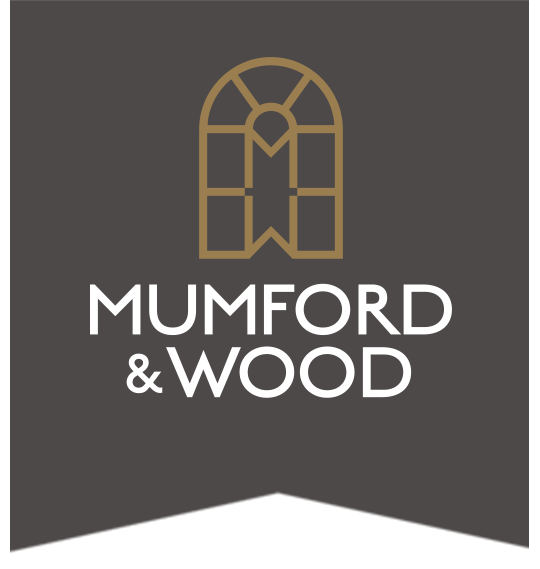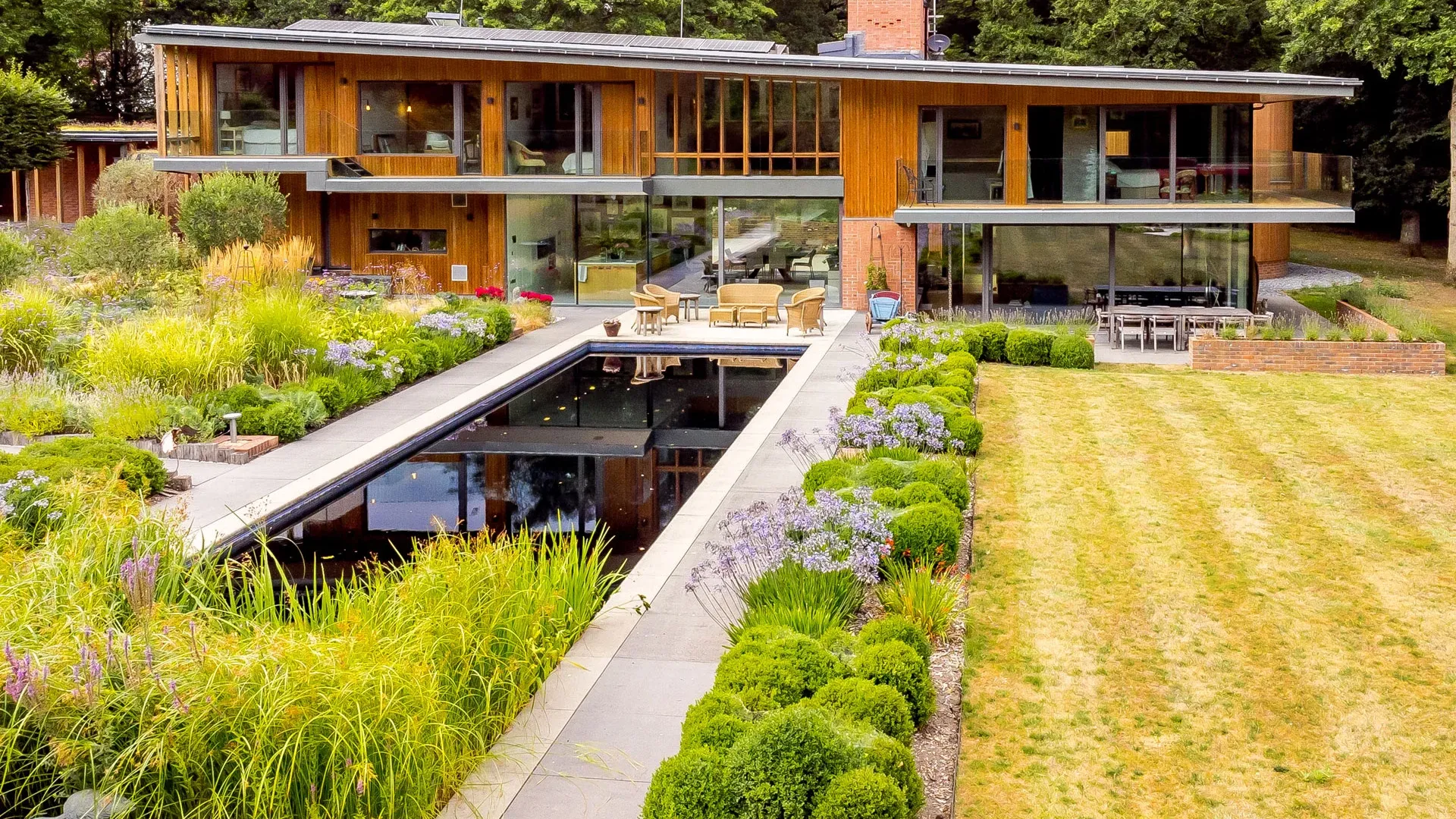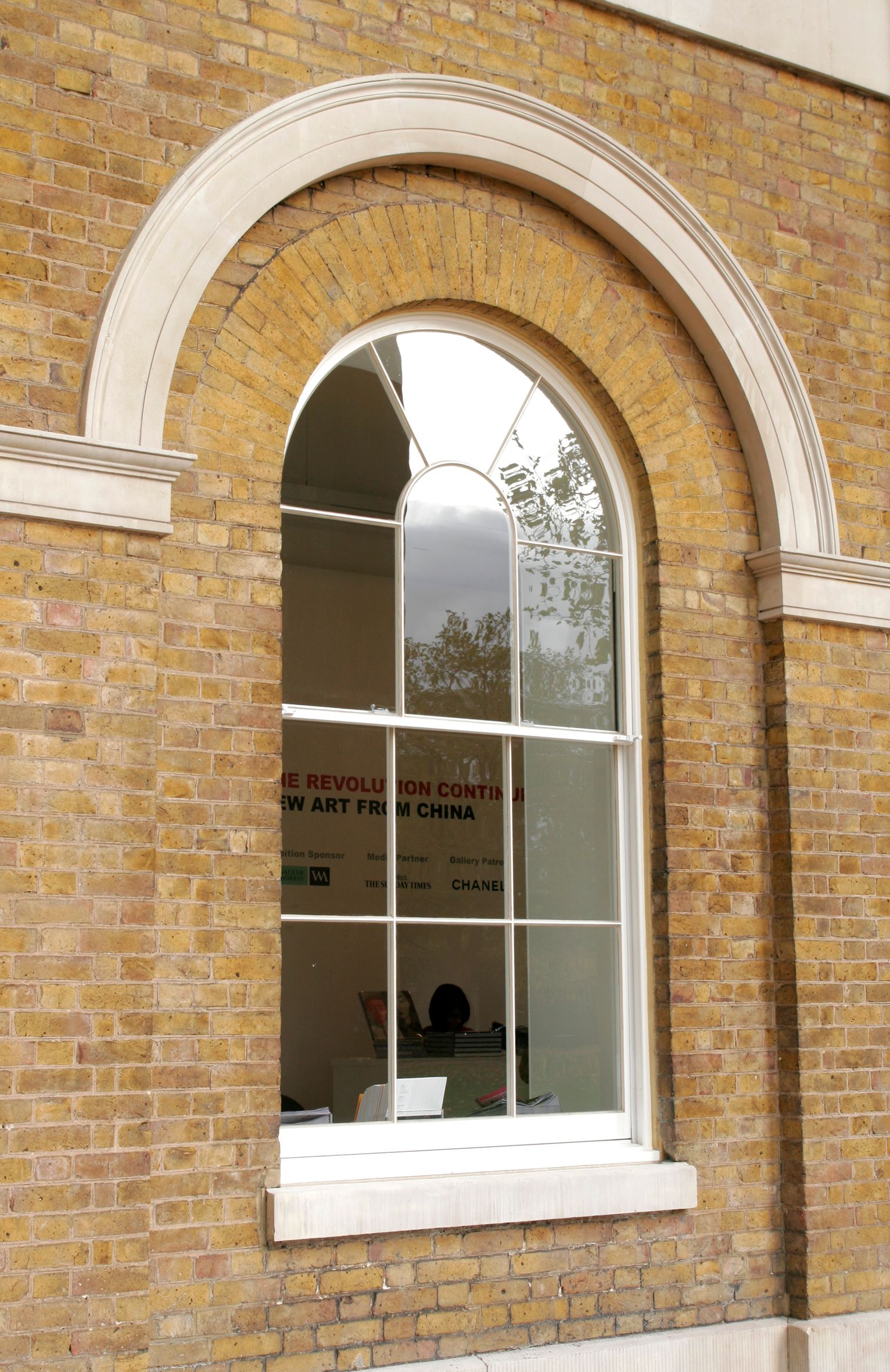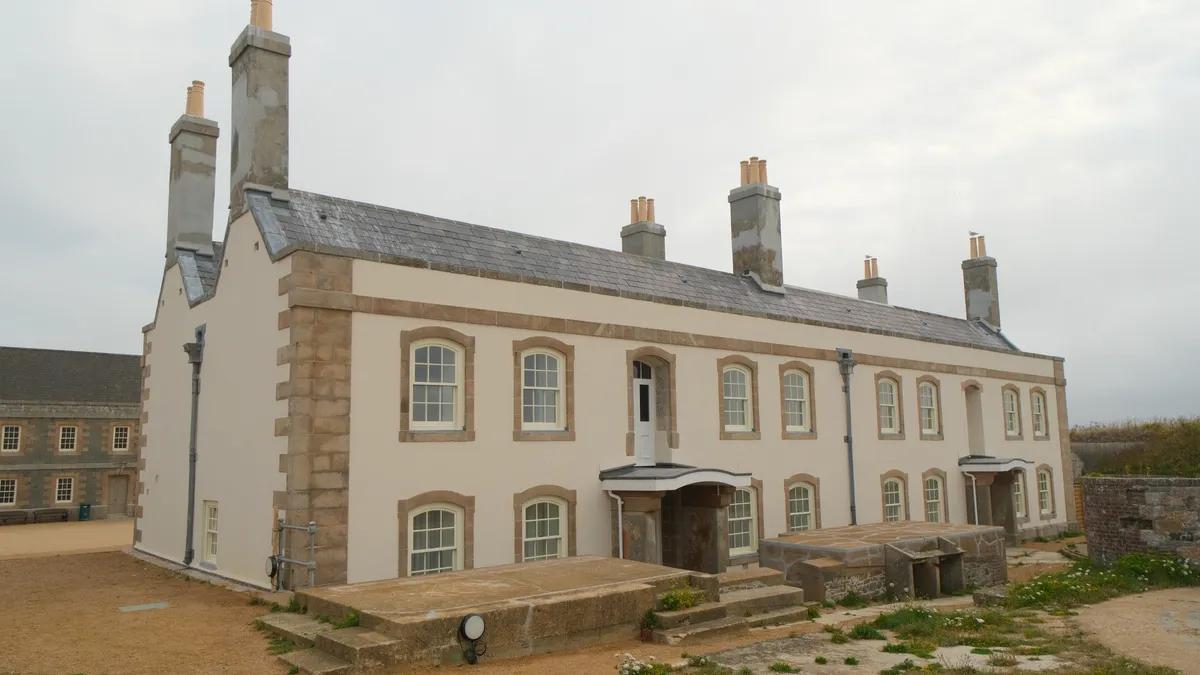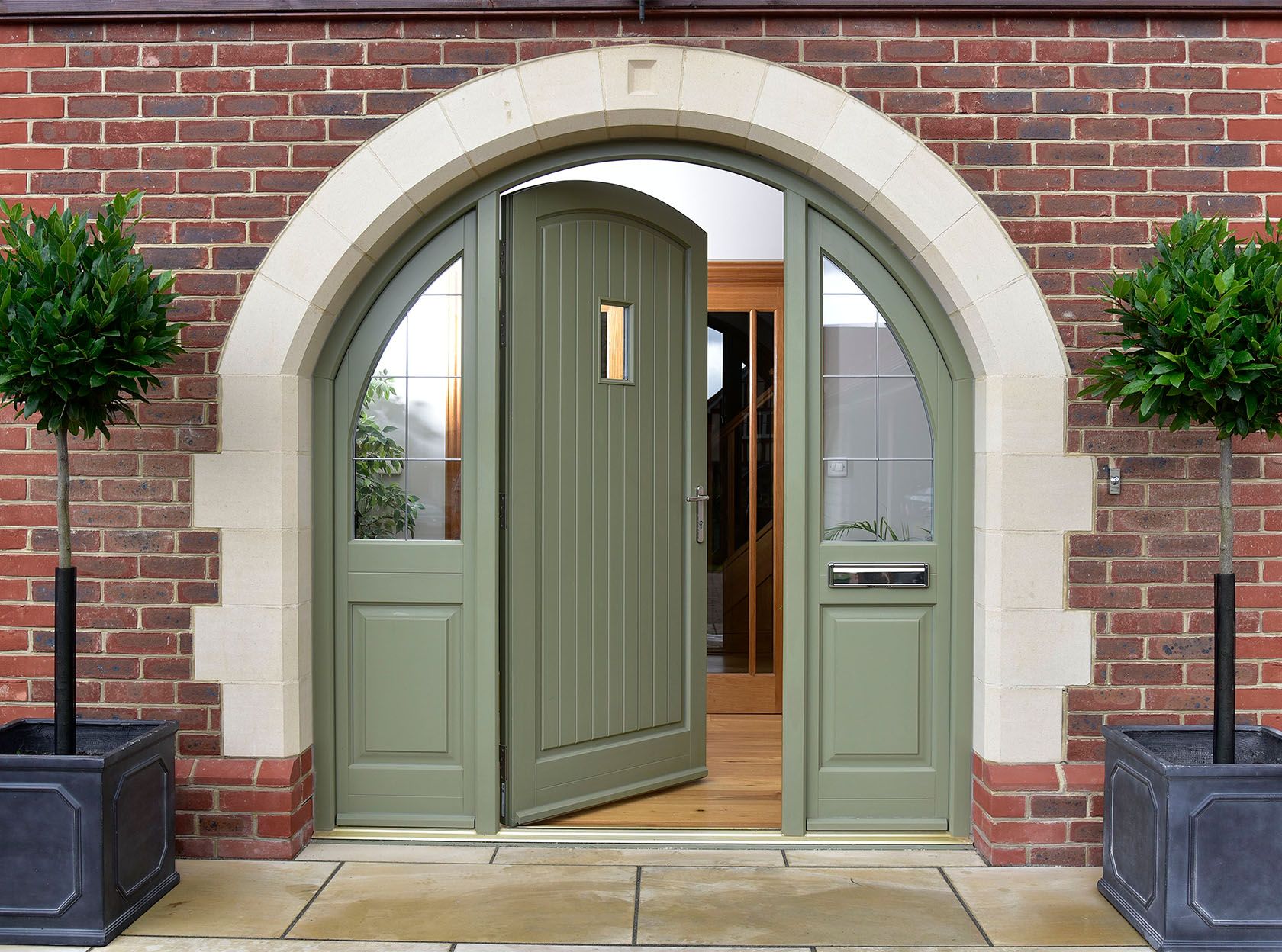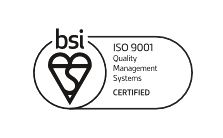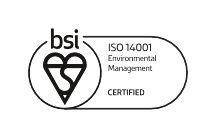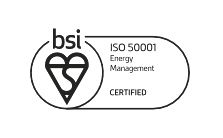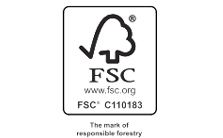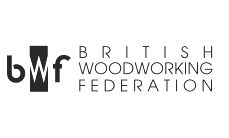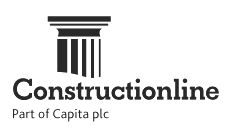Being aware of the environmental impact that our lifestyles are having on the planet is one thing — working out a way to combat it is something else. A survey conducted by the Construction Industry Council revealed that the construction and building sector alone is responsible for 38% of the world’s carbon emissions. Green Building Design, also known as Sustainable Architecture, seeks to integrate our way of living with more sustainable practices.
What is Green Building Design?
Green Building Design aims to have as minimal an impact on the environment as possible, considering all aspects of construction, materials, building maintenance, renovation, and demolition. Within this, it also looks to neutralise energy consumption through the use of natural and renewable energy sources.
A key element of green building design is the use of natural materials. Maintaining and protecting the natural surroundings is fundamental. Incorporating organic materials such as timber and stone into the build helps reduce carbon emissions and leaves room for future green renovations.
How To Design a Green Building
When planning a green building, several critical elements must be considered.
Materials
As the starting point of any build, material choice has a huge impact on sustainability. Choosing man-made materials can have a negative impact on the environment, whereas natural materials often offer better strength, stability, and longevity. Benefits of using sustainable materials include:
- Minimising waste by using the full product.
- Prefabricated components lasting longer due to protection from weather exposure.
- Recycled materials such as steel, timber, cork, straw bales, and bamboo are being widely incorporated.
- Emphasising the recycling and reuse of reclaimed materials, such as wood and plastics.
- Reducing energy consumption through more efficient resource use.
- Improving the surrounding air and water quality over time.
- Enhancing biodiversity through the responsible sourcing of materials.
- Increasing the property’s value through sustainable choices.
Energy Conservation and Sources
Renewable energy must be factored into the design stage. Solar panels and wind energy systems are vital inclusions for reducing ongoing energy consumption.
Here are a few methods for integrating energy conservation into green building design:
- Installing solar panels to power the property sustainably.
- Incorporating wind electric systems for supplementary renewable energy.
- Using rainwater harvesting systems and motion-sensor taps to minimise water use.
- Implementing water collection and filtration systems for larger structures.
Heating and Cooling of Buildings
The demand for cooling solutions is projected to triple by 2050, driven by climate change. Traditional air conditioning units contribute significantly to energy consumption.
Older buildings, made from heavy concrete materials, often overheat during warmer periods, particularly in the UK’s changing climate. Natural materials, such as timber, are better suited to adapting to seasonal fluctuations, thereby aiding in passive temperature regulation.
Design
Beyond materials and energy, the planning of green spaces within and around buildings is crucial. Green roofs and planted courtyards reduce noise pollution, improve air quality, and support biodiversity, helping buildings work in harmony with their surroundings.
The Future of Green Building Design
Traditional building design, characterised by grey, industrial, and monotonous aesthetics, is gradually being replaced by a greener vision.
As more architects and homeowners become environmentally conscious, the future of construction will likely see a greater emphasis on integrating green building elements into everyday life.
A perfect example is the Urban Forest project in South Brisbane, Australia — a proposed 30-storey residential high-rise featuring a vertical garden with 1,000 trees and 20,000 plants, designed to offset the energy consumption and carbon footprint of its construction.
Simpler ways to adopt future-focused green design include prioritising natural materials, particularly timber. Sustainably sourced timber not only offers aesthetic and durability benefits but can significantly enhance a property's long-term value.
Mumford & Wood: Committed to Sustainability
At Mumford & Wood, we are proud to advocate for sustainability within the construction sector. As a leading manufacturer of high-quality timber windows and doors, we demonstrate our commitment to the environment through every stage of our process.
We are a Certified Carbon Neutral Plus Organisation, offsetting our carbon emissions by actively supporting tree planting initiatives within the UK. From responsibly sourcing timber from managed forests to implementing energy-efficient manufacturing processes, every step is taken with environmental responsibility in mind.
Our commitment to creating durable, long-lasting products fosters sustainable consumption and minimises waste.
Visit us at our showroom to explore our sustainable product range and learn more about our environmental commitments.
